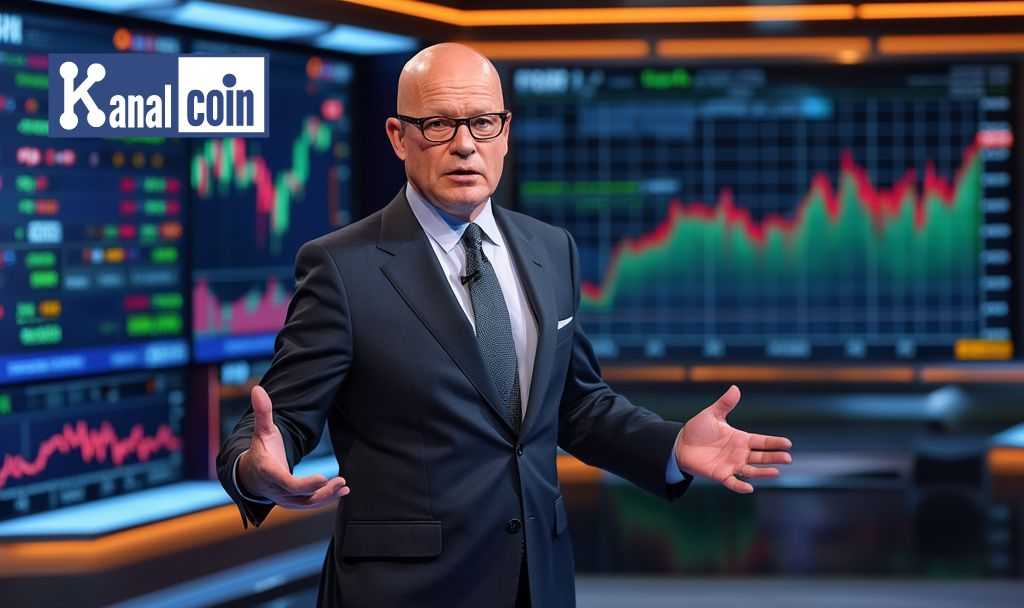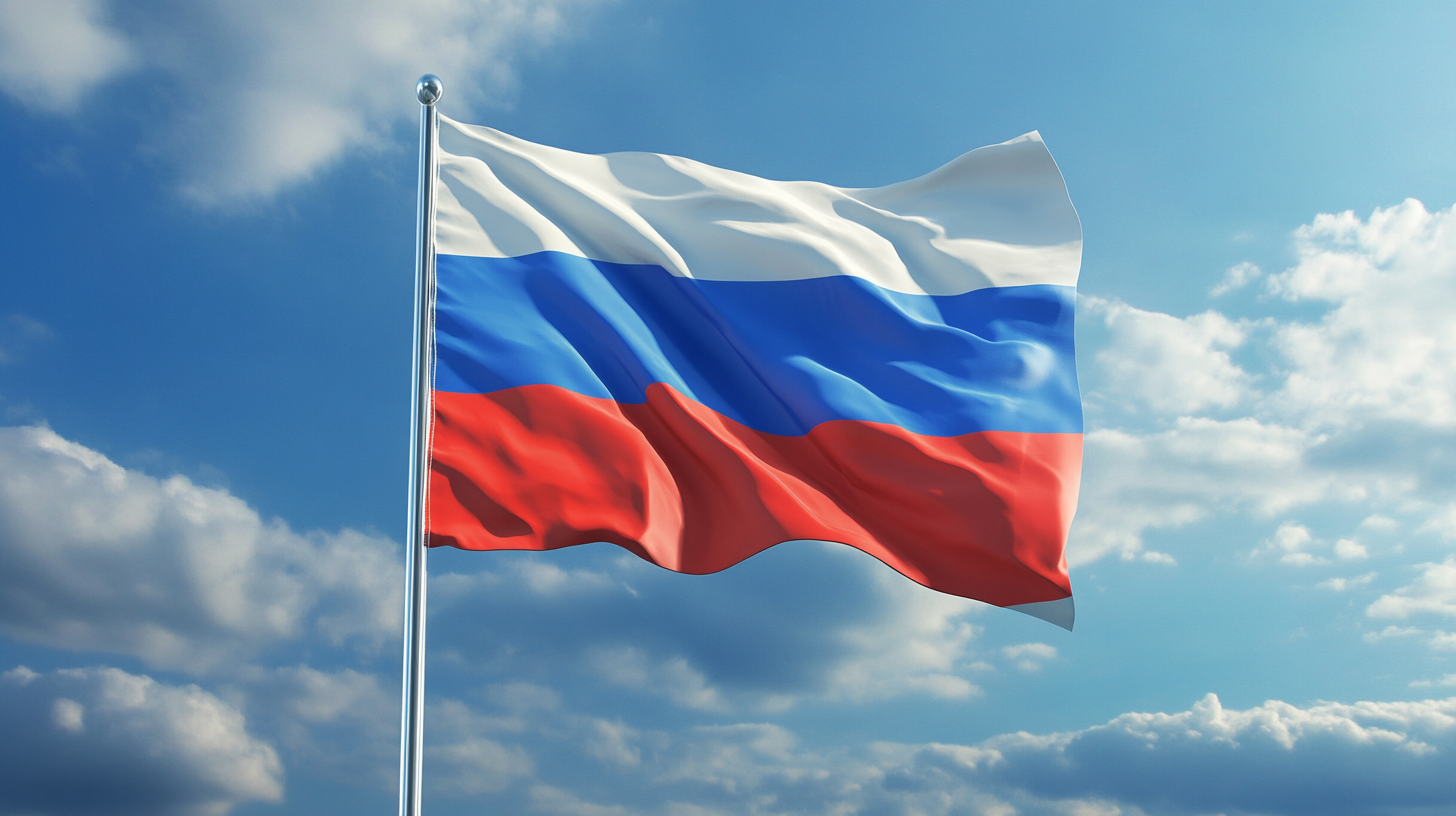
Trump’s Tariff Hints at Embargo Strategy
President Donald Trump announced a new tariff targeting China. Jim Cramer, known for his financial expertise, compares this move to an embargo, potentially altering trade dynamics. This announcement follows ongoing trade conflicts between both nations.
“This is not a negotiation,” Cramer labeled the approach as “treacherously negative” in response to the chaotic tariff strategy.
The tariff primarily involves U.S.-China trade relations. President Trump’s administration has implemented this measure as part of broader economic strategies. The move is seen as intensifying the existing trade conflict between these economic powerhouses.
Market Instability Fears Due to Trade Changes
Market analysts express concern over potential economic disruptions. They fear higher production costs and supply chain interruptions influencing global economic stability. Responses span various sectors, reflecting uncertainty in financial markets.
Potential financial ramifications include volatility in global stock markets. Regulatory and technological impacts could reshape trade with China. Historical trends suggest trade restrictions often lead to escalations in global economic strategies.
Comparing Current Tariff to Past Trade Actions
Previous tariff implementations under the Trump administration have led to trade escalations. Comparing past actions, this current move mirrors similar embargo-like strategies, causing international concerns akin to earlier episodes in economic history.
According to Kanalcoin experts, historical data indicates that such tariffs can result in economic slowdowns and trade shifts. The new tariff echoes previous decisions, suggesting potential for further market adjustments over upcoming quarters.









